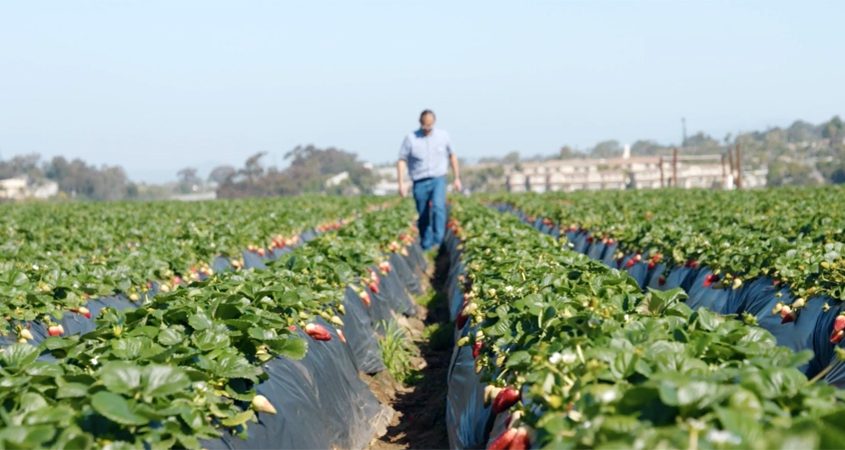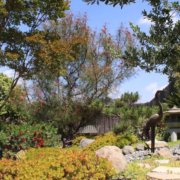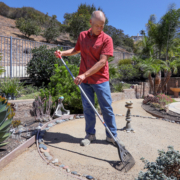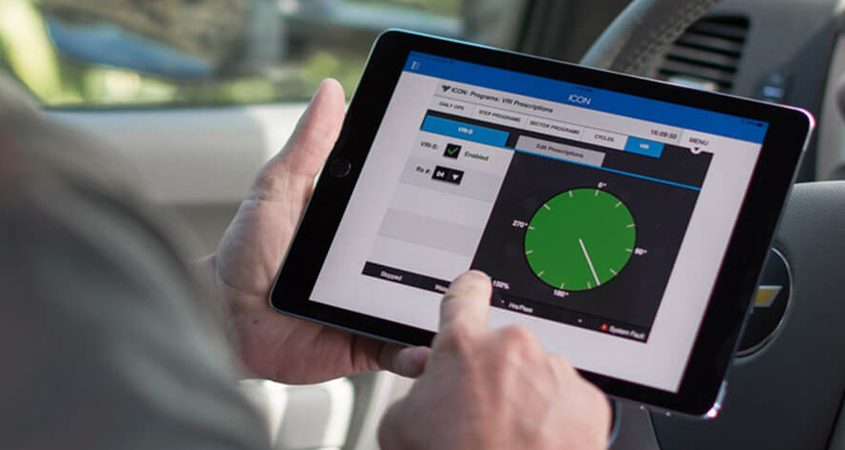City of Escondido Recognized as Water Saving Model
As California endures its worst drought in 1,200 years, San Diego County’s water industry has developed diversified sources and accelerated conservation practices to secure its water supply for the future.
The City of Escondido’s innovative water treatment and saving methods offers a model for other drought-stricken cities. Escondido has led the San Diego region on climate change mitigation and was recently ranked first in San Diego County for its performance and progress on its Climate Action Plan.
- Escondido earned the highest score (97.5) on the 2022 Climate Action Plan Report Card.
- The overall score is based on its increasing climate equity, green infrastructure, and food availability.
- Escondido joined the Clean Energy Alliance to bring Community Choice Energy to the City’s residents and local businesses in 2023.
“Not only is Escondido leading in water conservation, but the quality of our water is also noteworthy,” said Christopher McKinney, City of Escondido Director of Water Utilities. “Our advanced water treatment plants ensure our drinking water meets or exceeds all state and federal health standards for water quality as noted in the 2021 Water Quality Report. We also took a more ambitious approach to incorporate new and more stringent quality control processes over the last two years, making the Escondido Water Quality Lab one of only two California labs already compliant with new accreditation standards.”
Investing in meeting new water measures

Local farmers formed the Escondido Irrigation District in 1888 to ensure both residents and the booming agricultural sector had steady water access. Photo: City of Escondido
When Escondido was incorporated as a city in 1888, the influx of families moving to the area quickly pressured the water supply. Within a year, local farmers formed the Escondido Irrigation District to ensure both residents and the booming agricultural sector had steady water access.
The City of Escondido, and San Diego County as a whole, has invested significant energy and resources into meeting new water measures, such as:
- Household water restrictions regarding irrigation, landscaping, and recreational water use.
- Customer-request-only water conservation regulations at restaurants, hotels, and other public spaces.
- Converting agricultural land from untreated water sources to treated water sources.
“Escondido has a long history of being ahead of the curve on sustainable practices,” said Jennifer Schoeneck, City of Escondido Deputy Director of Economic Development. “Our proactive and comprehensive strategy to water conservation has made our city an enviable locale for innovative companies and new and novel water-saving solutions.”
Escondido’s methods of sustainability
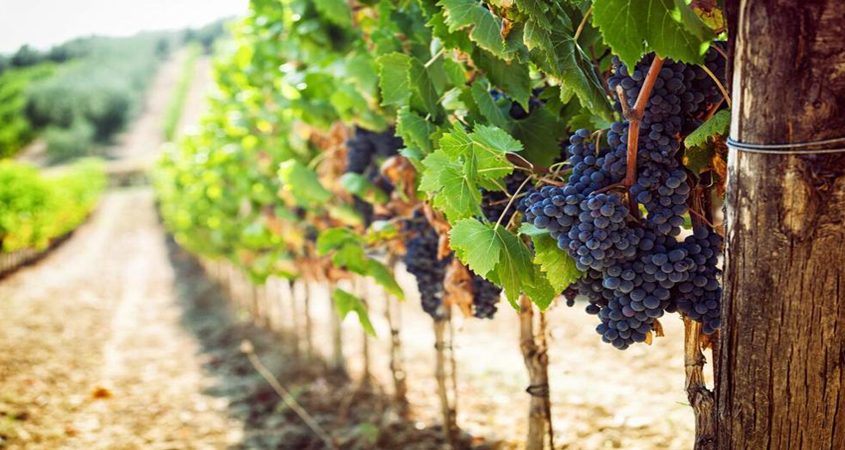
Innovative water-saving techniques in Escondido are driven in part by the city’s agricultural sector and commitment to regenerative practices. Photo: City of Escondido
Innovative water-saving techniques in Escondido are driven in part by the city’s agricultural sector and commitment to regenerative practices. The city takes a multifaceted approach when it comes to effective water conservation methods.
The City of Escondido will put its new water filtration system into operation in 2023. The water filtration system takes treated water up to the recycled water standard and makes it usable for agriculture irrigation, supporting area growers, and farmers. The recycled water program will reduce the cost of water by as much as 40 % and produce a reliable, drought-proof supply.
For residents, the City of Escondido offers water-wise workshops, classes, programs, and contests to implement drought-tolerating landscaping. Since 1991, fourth graders in the Escondido water district have participated in an annual poster contest, illustrating the value of water resources.
Residents and businesses who invest in water-saving solutions can participate in a variety of rebate programs.
“We take regenerative practices seriously in Escondido,” said Escondido City Manager Sean McGlynn. “Shifting towards water and energy independence, zero waste, and clean technologies is a top priority for the City.”
(Editor’s Note: The City of Escondido is one of the San Diego County Water Authority’s 24 member agencies that deliver water across the metropolitan San Diego region.)



